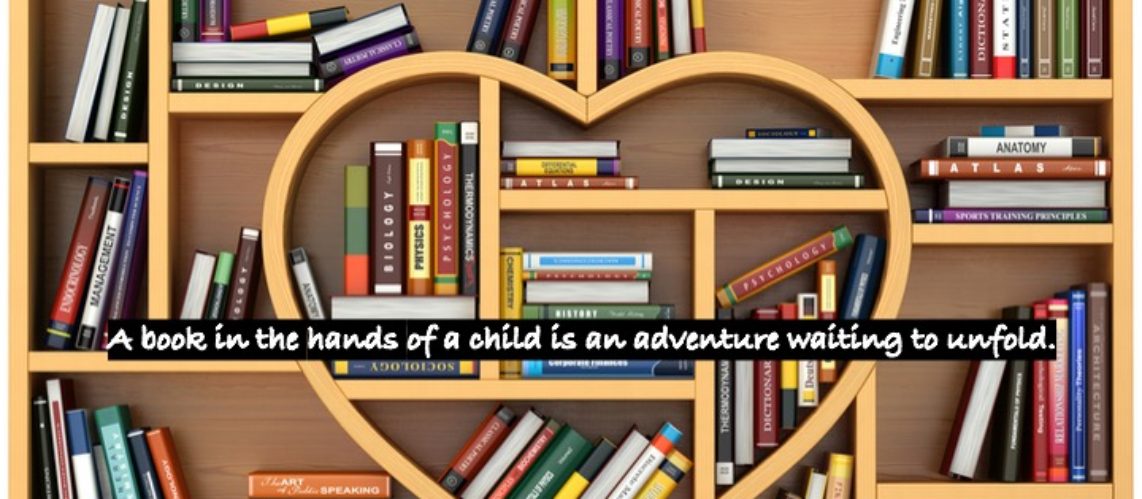Braille Translation Software
Braille translation software is necessary to create hardcopy braille. It is the program on your computer used to convert imported print text into braille, format it as desired, and send the data to a compatible embosser. It is the program used by large volume producing braillists to format textbooks and literature, by schools or districts to create braille textbooks, by teachers of the visually impaired to prepare lesson materials, and by individual braille readers for personal uses. The most commonly used braille translation software has been Duxbury Braille Translator by Duxbury Systems for many years and continues to be widely used. Duxbury is considered the industry standard. APH currently offers a free translation software called Braille Blaster. Embosser companies such as Index and ViewPlus have offered their own programs.

Embossers
Braille embossers meanwhile are the machines that produce hardcopy braille when the data is sent through a connected translation software. They are typically larger than printers but similar in shape. Older models like the Enabling Braille Bookmaker by Enabling Technologies, are reminiscent of printing presses or industrial printers, large, heavy, and metal with tracker fed paper pooling from both ends. They might be bulky and not at all portable but are dependable and long lasting as long as software continues to support them. Newer models such as the Brailletrack 120 from Irie AT are quite light weight in comparison, similar to a standard office printer. Both are capable of printing books, articles, lesson material, math problems, song lyrics, worksheets, cooking recipes, and more. The BrailleTrack 120 can also emboss tactile graphics if a tactile graphic software is used. Although Duxbury itself cannot create graphics, it can import them from other sources such as TactileView Design Software.

Refreshable Braille
Refreshable braille devices are hardware that typically contain a single horizontal line of 14 to 40 refreshable braille cells; rare models have 80. These are made by six holes in the shape of the cell with metal or plastic pins that electronically raise and lower to form different braille characters that can be felt and tracked by the reader. The cells usually are made with an extra two dots (7 and 8) for when computer braille output or input is needed. A Perkins style or qwerty keyboard is also included for controlling the device. Most refreshable braille displays do not work on their own but are powered by a screen reader from a connected device such as a APC, mobile phone, or tablet. Common displays include Freedom Scientific’s Focus 14 or 40 Blue, Humanware’s Brailliant series, HIMS’ Braille Edge 40 and Smart Beetle models, APH’s Mantis Q40, and the Orbit Research braille devices like the Reader 20 or 40 Plus. There are many others too numerous to name here. For a while, BAUM’s SuperVario was the only display compatible with Kindle Fire tablets, but that list has recently grown to include a few other displays from HumanWare, American Printing House, and Orbit Research.

